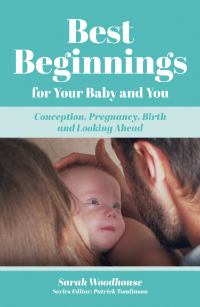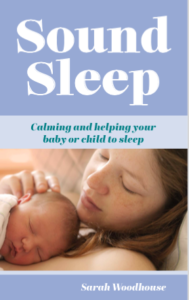
These are the four powerful experiences that transformed Sarah’s thinking:
- On the Council of Amnesty UK in 1973, I was involved in finding speakers for the first Amnesty conference on ‘The Abolition of Torture’. The two main speakers were an Ethiopian woman of huge courage and spirit, a ‘prisoner of conscience’ who had been held in solitary confinement in Jakarta by the Military Junta for four years and tortured continuously by the same four men. Her torturers were the only people she ever spoke with during that time.
- Working on the development of the first Amnesty International ‘Human Rights Education’ pack for Secondary Schools I was greatly affected by reading the 1988 Schools Council Report – a three-year research programme on the mental and emotional health of children in inner city and council estate primary schools in England and Wales. The most critical finding was that over 70% of five-year-olds coming into school already showed ‘some signs of disturbed or violent behaviour‘. By contrast, children with calm and loving parents, who also related well to their children’s teachers, showed a remarkable capacity to make friends, learn and be helpful and creative. These children reached a ‘peak’ between the age of 9 and 12 in human qualities such as empathy, playfulness, imagination, kindness, generosity, honesty, trust and a sense of fun. This gave them an emotional resilience able to see them through puberty and any rough patches in their adult lives. It also gave them a ‘head start’in every way when they became parents themselves.
- Working as a volunteer in one of the first, experimental NSPCC Therapeutic Playgroups for mothers with their young children, one particular experienced became painfully and permanently embedded in my memory. I was sitting on the floor one morning beside a neglected and abused three-year-old so that the two Playgroup Supervisors could give their undivided attention and loving support and encouragement to his mother. I laid a huge sheet of paper, a thick black crayon, one or two coloured ones and a big rubber beside him on the floor. I asked him if he would like to draw ‘a great big picture of himself. With extraordinary speed he drew a whole, clear outline of himself – in black.. But with no ears, no eyes and no mouth. He then grabbed the rubber and spent the next 40 minutes violently and desperately trying to rub out every single line that he had drawn – until the paper was totally shredded. Silently I waited beside him while he tried to rub himself out of existence. By watching his face all the while, the anguish and horror of his life and his longing to end it was heartbreakingly obvious. As was his desperate hope that I had given him the means to do so.
- After four years as a one-to-one ‘home tutor’ to teenagers excluded from school for severely disturbed or violent behaviour, I suddenly noticed that there was one common denominator shared by every single one of them. I realised that, before the age of 3, each had been traumatised in some way or another within their families. And that no-one had been there soon enough, knowing enough and been able to protect them from the psychological, mental and spiritual damage resulting from their home experiences during those earliest, ultra-sensitive years. It only need ONE steady and loving presence in a child’s life for comfort, healing and change to come. If left until school age, it can become an impossible challenge. Brain development and personality traits will have become painfully ‘fixed’.
The Red Cross, working with the Rugby Amnesty Group eventually achieved her release, asylum and hospital treatment in the UK.
Standing beside her on the platform, the second speaker was a man from Panama. He had set up and for many years, run a ‘Torture Training Camp’ in Panama, developing and employing a whole range of effective techniques and strategies. He had also been selling these torture training ‘packages’ to repressive regimes around the world – including at that time to the military dictatorship in Indonesia. The ‘training’ he described to us in detail included the enforced watching, day after day, of violent and pornographic material on screen – scenes of hatred, cruelty, domination and brutal and explicit sex. It was recognised how powerful and complete the brainwashing affect is of a daily dose of such watching. Within a few weeks it replaces all human empathy, compassion and sensitivity with a fascination, pride and pleasure in the infliction of pain, even death.
Overwhelmed by horror, I recognised instantly how very similar material – scenes of domination, hatred, fear and violent and explicit sex are readily accessible and watched on screen even by children as young as 8 – that incredibly impressionable age, with brain cells building new connections every minute and personality traits developing.
The close link between prolonged absorption in such scenes and children’s thoughtless, bullying and criminal behaviour is undisputed. The indelible harm that results is increasingly recognised through a great deal of published research. Yet NOTHING is being effectively achieved to protect children from such monstrous interference to their inborn instinct for generosity, compassion and shared creativity. Such scenes and messages also bring to an abrupt end a child’s inbuilt sense of wonder.

